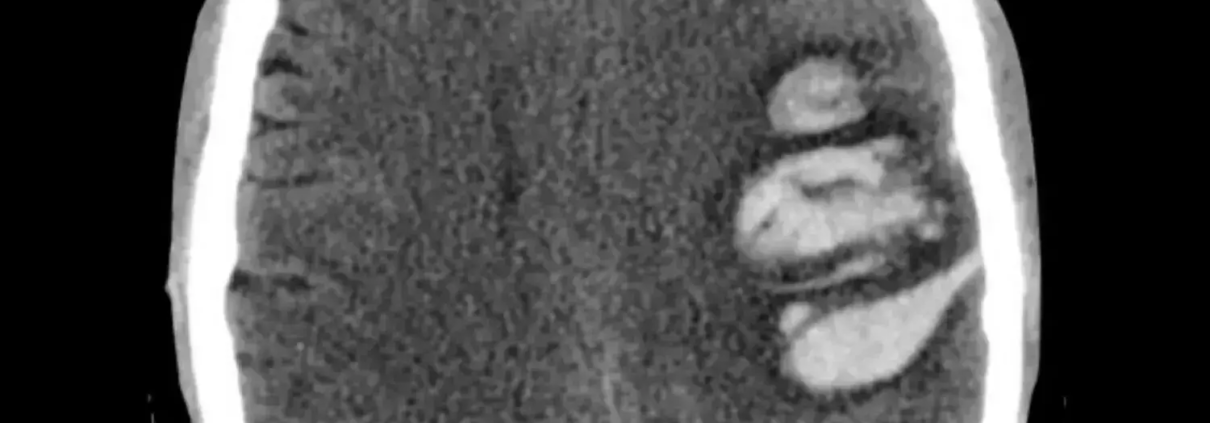Early minimally invasive hematoma evacuation improves outcomes in acute intracerebral hemorrhage patients: NEJM

A recent study published in The New England Journal of Medicine found that early minimally invasive surgery to remove brain hemorrhages may lead to better recovery than traditional medical management alone.
This multicenter, randomized trial focused on patients who experienced an acute intracerebral hemorrhage, specifically the individuals with lobar or anterior basal ganglia hemorrhages and had hematoma volumes between 30 to 80 milliliters. The participants were divided into a group receiving minimally invasive surgical removal of the hematoma along with standard medical treatment and another the other group receiving only medical management according to the existing guidelines.
The primary goal of this study was to evaluate the effectiveness of surgical intervention in improving the patient outcomes which was measured by the utility-weighted modified Rankin scale. This scale ranges from 0 to 1, where the higher scores signify better functional outcomes according to the patient assessments. A total of 300 patients were enrolled, with the trial noticing an adaptation part-way through after 175 patients had joined where this shift limited further enrollments to only the individuals with lobar hemorrhages due to an observed trend in the data.
The results from the study indicated a notable difference in recovery outcomes. The surgery group had an average score of 0.458 on the modified Rankin scale when compared to 0.374 in the control group 6 months after treatment. This difference was statistically significant and suggested a clear benefit of surgical intervention among the patients with lobar hemorrhages. In this subgroup, the mean score difference was more pronounced at 0.127 in favor of surgery. However, for the individuals with anterior basal ganglia hemorrhages, surgery did not show a notable benefit.
Only 9.3% of patients in the surgery group died within 30 days of enrollment, when compared to 18.0% in the control group which points to the reduction in early mortality rates. This significant decrease illuminates the additional benefit of surgical intervention in managing acute intracerebral hemorrhages. However, the surgical approach evidenced a 3.3% incidence of postoperative complications like rebleeding and neurological deterioration in the surgery group. Overall, these findings suggest that for certain patients with specific types of brain hemorrhages, early minimally invasive surgery could be a beneficial treatment option that offers improved functional outcomes and lower mortality rates.
Reference:
Pradilla, G., Ratcliff, J. J., Hall, A. J., Saville, B. R., Allen, J. W., Paulon, G., McGlothlin, A., Lewis, R. J., Fitzgerald, M., Caveney, A. F., Li, X. T., Bain, M., Gomes, J., Jankowitz, B., Zenonos, G., Molyneaux, B. J., Davies, J., Siddiqui, A., Chicoine, M. R., … Barrow, D. L. (2024). Trial of Early Minimally Invasive Removal of Intracerebral Hemorrhage. In New England Journal of Medicine (Vol. 390, Issue 14, pp. 1277–1289). Massachusetts Medical Society. https://doi.org/10.1056/nejmoa2308440



